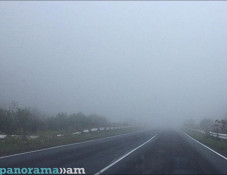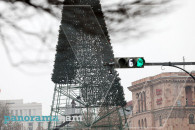
Archaeologists find evidence of Babylonian conquest of Jerusalem
Archaeologists have uncovered evidence of the bloody Babylonian conquest of Jerusalem in the sixth century B.C., Fox News reports.
Experts digging in an excavation site at Jerusalem’s Mount Zion run by the University of North Carolina at Charlotte found layers of ash and arrowheads, as well as lamps, a gold and silver tassel or earring and pieces of ceramics from the Iron Age.
The Babylonian conquest of Jerusalem took place in 587 and 586 B.C. The nature of the artifacts and the layer of ash point to a bloody chapter in the city’s history.
"For archaeologists, an ashen layer can mean a number of different things," UNC Charlotte professor of history Shimon Gibson said in a statement. "It could be ashy deposits removed from ovens, or it could be localized burning of garbage. However, in this case, the combination of an ashy layer full of artifacts, mixed with arrowheads and a very special ornament indicates some kind of devastation and destruction.
"Nobody abandons golden jewelry and nobody has arrowheads in their domestic refuse."
Gibson said the area is where an ancient fortification line once stood. "The arrowheads are known as 'Scythian arrowheads' and have been found at other archaeological conflict sites from the seventh and sixth centuries B.C.E.,” he explained, noting that they were used by Babylonian warriors. “Together, this evidence points to the historical conquest of the city by Babylon because the only major destruction we have in Jerusalem for this period is the conquest of 587/586 B.C.E.”
Newsfeed
Videos






























